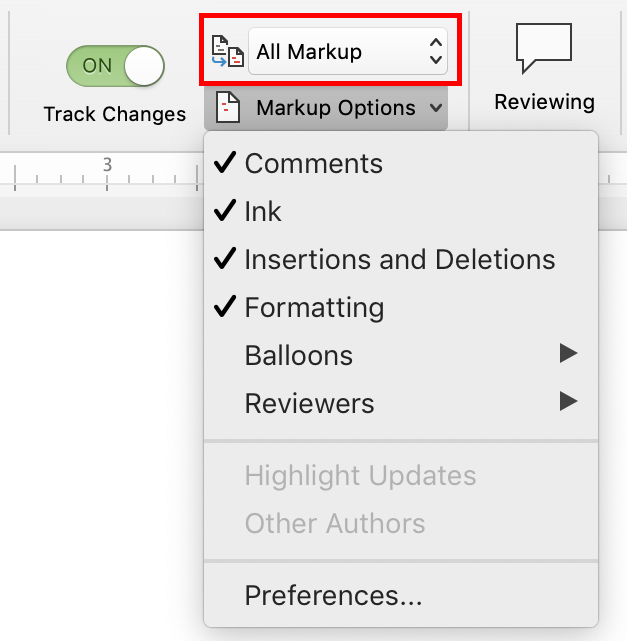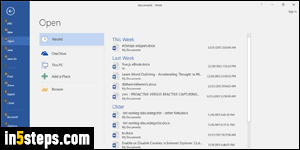

- Reveal toolbars in word 2016 for mac how to#
- Reveal toolbars in word 2016 for mac for mac#
- Reveal toolbars in word 2016 for mac update#
Adding commands to any of Word’s default Tabs requires that you add them to a custom group.

As Figure 4 shows, I’ve added two custom groups to the Home Tab, “Navigation” and “Spacing,” and created multiple custom Tabs of my own. You can choose to show or hide certain Tabs by checking them on or off, and you can create your own Tabs in the Ribbon as well. Unlike Word 2011, Word 2016’s Ribbon can be customized. When choosing commands for the Quick Access Toolbar, “Popular Commands” is the default listing to choose from, but be sure to select one of the others from the drop-down menu, such as “All Commands” or “Macros” if you can’t find the command you’re looking for. Monochromatic icons representing these commands will appear along the top of the Word window.

Select the Quick Access Toolbar tab and, using the left and right arrows in the center, choose commands listed on the left to add them to the Quick Access Toolbar. Customization of the Ribbon and Quick Access Toolbar has been moved to Word’s Preferences. For starters, if you open the Styles Pane, you’ll find all your saved styles from the Word 2011 template. When you next open Word 2016, it may look like nothing happened, but if you poke around you’ll see that it is, in fact, your customized Word 2011 template. (I would copy it rather than move it, so that you have a backup and so you can still use it in Word 2011). To use your Word 2011 customized template in Word 2016, you’ll need to copy it (with Word 2016 not running) to user/Library/Group Containers/UBF8T346G9.Office/User Content/Templates. Word 2011 stores this template on your Mac in user/Library/Application Support/Microsoft/Office/User Templates. My customized template for Word 2011, containing my styles, customized Ribbon, a Styles Toolbar, and a Macros Toolbar. When you first open Microsoft Word 2016, you’ll notice that it resembles Word 2011 but with a “flat” design (i.e., the three-dimensional, Aqua-inspired interface elements of earlier releases of macOS X are gone).įigure 2. By the fall of 2016, I was comfortable switching to Word 2016 full time. I tested those betas to discover what worked and what didn’t, filing bug reports via their “Help Improve Office” feature for months.
Reveal toolbars in word 2016 for mac for mac#
Microsoft made a Preview of Office 2016 for Mac available to the public in early 2015 and have been steadfastly improving it ever since. Users should have no difficulty switching between the Mac, Windows, or even the iOS environments of the Office suite. It’s the look of Word 2016 that’s notably different, as it now more closely resembles Word for Windows.
Reveal toolbars in word 2016 for mac how to#
While those articles focused on Microsoft Word 2011 for Mac, this article will show what’s new and what’s different with Microsoft Word 2016 for Mac and how to accomplish the same goals outlined in those articles.įor the most part, Word 2016 works just as Word 2011 does-how you create, edit, and style text remains the same.
Reveal toolbars in word 2016 for mac update#
This article is an update to my previous articles on using Microsoft Word with InDesign (“ Moving Text From Word to InDesign,” “ Creating Macros in Microsoft Word,” and “ Creating Toolbars in Microsoft Word”).


 0 kommentar(er)
0 kommentar(er)
